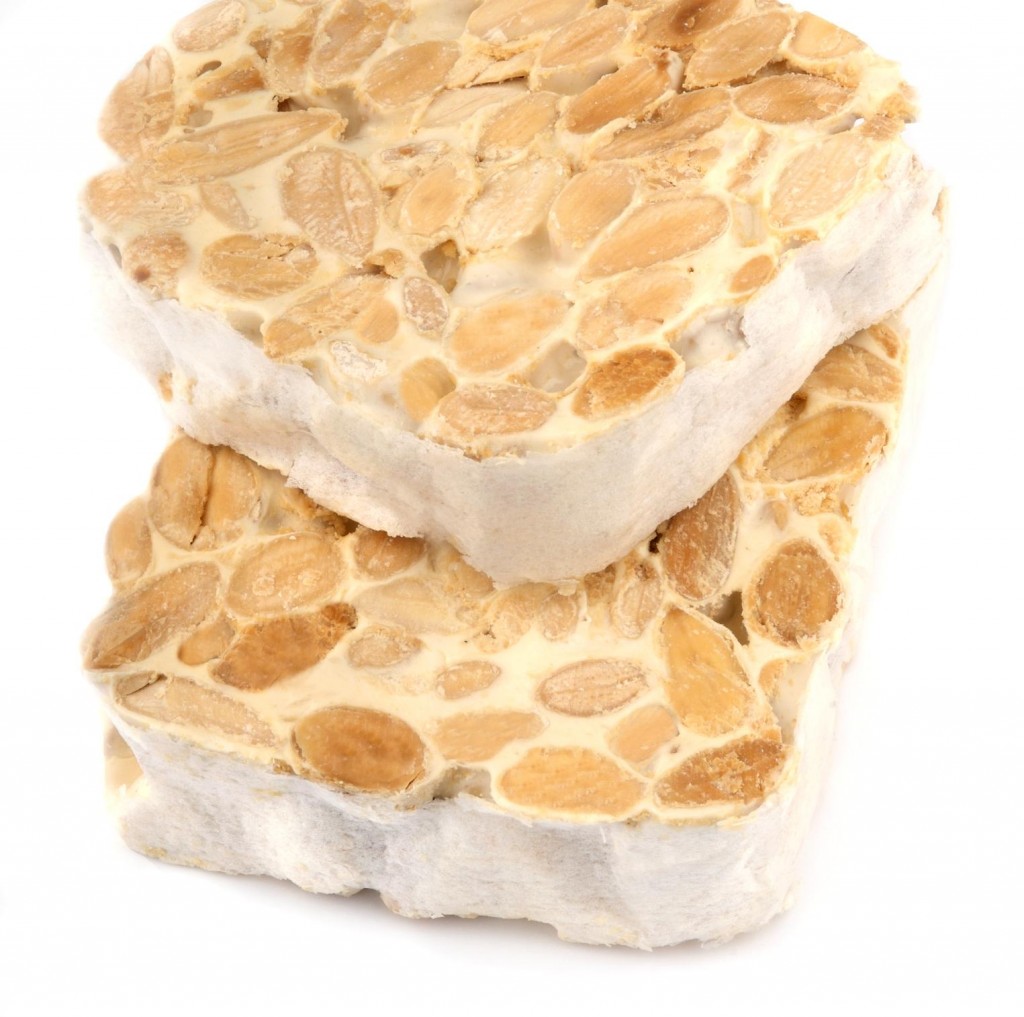 Among the many uses of the almond is perhaps the most important and known nougat. Below we briefly describe its history.
Among the many uses of the almond is perhaps the most important and known nougat. Below we briefly describe its history.
In a study by the scholar jijonenco Fernando Galiana, it specifies that the Arabs call the current nougat, alajun and Christians jalba.
During the recapture consumption of something like nougat disclosed, especially in the Levant area and apparently etymologists suggest the word nougat comes from the word torrat: a mixture consisting of honey and nuts, which are put directly to fire until a consistent, easily manageable dough. In some Catalan documents dated in the eleventh century, the word next to others like bunboils (donuts) or nougat (French equivalent to the nougat), being able to ensure that in 1200 the product was known by that name, and in 1300 its name was used normally.
Beginning in 1100, the production of nougat was to supplement the family income of the farmers who traded almonds.
Since then, there have always been families at Christmas time selling their products away from their homes. This takes us from Girona to Alicante, commercial port built around a bay they founded the Phoenicians in 200 B.C.
Connoisseurs say that in the fourteenth century Alicante was total freedom to exercise any work and it is precisely at this time, when organized and professional groups settle. At the time, there is competition between turronero, these properly, and those who did not have Obrador, but selling nougat as if they were. Consequence of this small scuffle between workers of Alicante, the Jijona took advantage. The geographical situation of the city, whose accesses complicated inspections imposed by the powerful guild Valencia to Alicante nougat, led to a decline in sales for the benefit of jijonenses.
